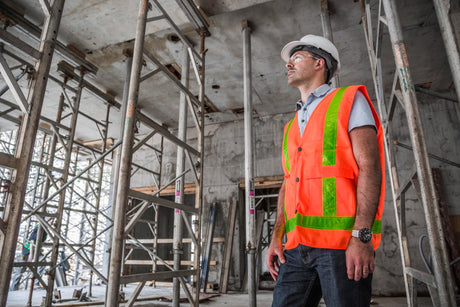Bay windows are a defining feature of British architecture, but their structural support is often overlooked until problems appear. While the term "bay window jacks" isn't explicitly mentioned in UK building regulations, their requirement is clearly established through several key documents.
The primary regulation comes from Part A (Structure) of the Building Regulations, which states that all building elements must safely transfer loads to the ground. For bay windows, this typically means proper structural support is mandatory. The government's official guidance on structural requirements can be found in Approved Document A.
Since April 2002, replacement windows (including bays) have fallen under Building Regulations. The Planning Portal explains that any window replacement must comply with standards for safety, thermal performance (Part L) and structural integrity.
FENSA, the Fenestration Self-Assessment Scheme, provides specific guidance on bay window installations. Their technical handbook states that bay windows require "adequate structural support", typically achieved through properly installed jacks or brackets. Modern installations often need these supports to be part of a bay pole assembly kit.
Key FAQs with Official References:
Q: Do I need building control approval for bay jacks?
A: Yes, if replacing the entire window. The GOV.UK guide to building regulations explains when approval is required. Minor repairs may not need approval but must still comply with Part A.
Q: What standards must bay jacks meet?
A: They should comply with BS EN 1090 for structural steel components. Galvanized steel is recommended by the Chartered Institute of Building for corrosion resistance.
Why Compliance Matters
A 2022 case in Bristol saw a homeowner fined £2,500 for an unsupported bay collapse. The Royal Institute of British Architects subsequently emphasized the importance of proper bay window support in period properties.
Our range of 20+ bay jacks meets all UK standards, with options for:
-
Period properties (heavy-duty steel)
-
Modern retrofits (low-profile designs)
-
Coastal areas (marine-grade stainless steel)
------------------------------------------







































